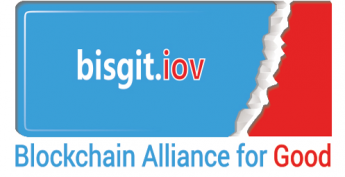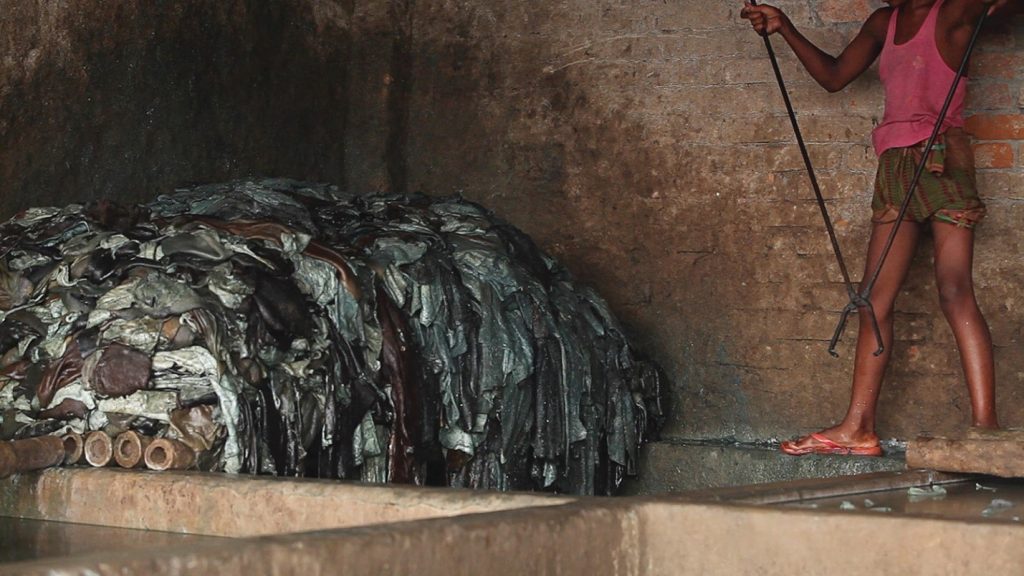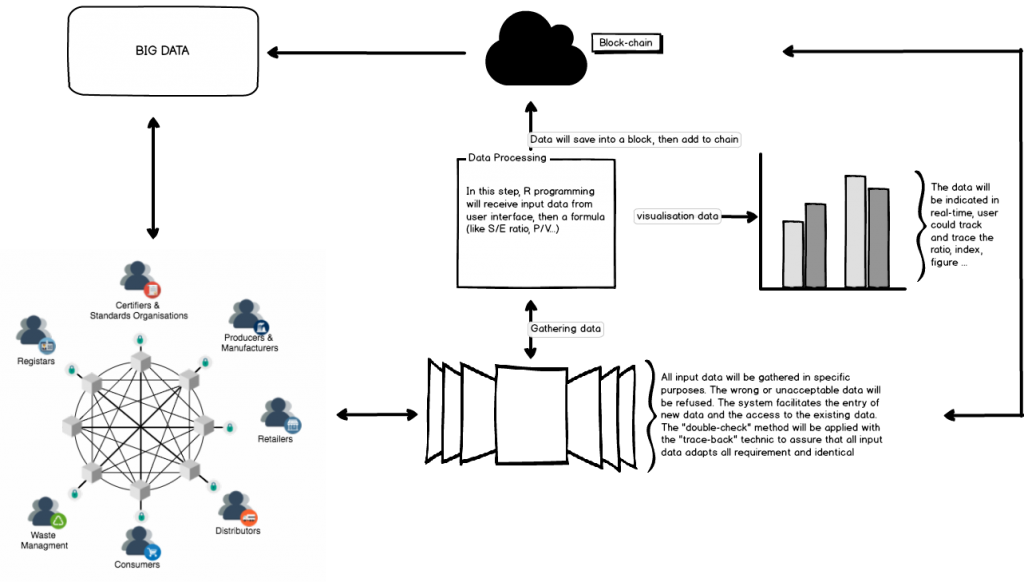Leather Industry with Ethical Issues
In the new era of sustainable markets, like all industries buying a leather bag carries with it ethical connotations. In reality, consumers are offered little provenance information about pieces of clothing, footwear or fashion accessories. With greater recognition surrounding animal protection, human right, sustainable development and chemical processing the leather industry is facing a growing demand for transparency in their supply chains.
Each year, the leather industry slaughters more than a billion animals and tans their skins and hides. Not only the skins of cattle or calves, with the diversity demanded by customers, suppliers need to meet discerning consumer demands for sustainable practices. Although, for example, the typically alligators can reach up to 60 years, in farms, the animal is slaughtered before the age of 2 due to length considerations. Animal husbandry during those brief years plays an important part.
Worker, Moroccan Tannery
The scandal of child worker in leather tanneries in Bangladesh in 2012 highlights that leather products are sometimes produced by underpaid workers in unacceptable conditions. Modern Slavery is not by any means an issue unique to the industry but needs to be tackled when found.
Apart from the impact on humans and animals, leather manufacturing can have environmental considerations. The older more traditional tanneries use by necessity toxic chemicals which then necessitates extensive waste processing. There is a drive in the industry towards much greater responsible practices.
To combat growing consumer awareness of such issues, the transparency of product provenance, trace-ability and effective control of suppliers are key to the growth of the sector. The question arises as to how this can be achieved most efficiently, with least cost, and maximum impact.
Potential of Block-chain Technology
One essentially need to prove to customers that they are buying a ‘good’ product, rather than one with questionable provenance. With the development of international trade and global value chains, making any product is complex intertwining a large number of suppliers with multi-step processes. Each step involves the creation of data, storage and centralized access. Technically, having detailed information of products from birth to death is impossible. These complexities make supply chain provenance a significant non-trivial exercise.
Block-chain technology can potentially improve the transparency and trace-ability issues within the manufacturing supply chain through the use of immutable record of data, distributed storage, and controlled user access. All data in each step of the supply chain will update directly and securely in block-chain. All stakeholders could trace and access information of the product with every detail of the animal husbandry, labour conditions, chemical processes and other intangible KPI’s that directly effect the tangible price of the product at each stage.
The Proposed Framework
The proposed approach comprises of a decentralized distributed system that uses blockchain(s) to collect, store and manage key product information throughout its life cycle. This creates a secure, shared record of exchange for each product along with specific product information.
We propose three main stage.
- The first stage is collecting data. As a product moves through its life cycle, it is defined by a variety of actors – eg producers, suppliers, manufacturers, distributors, retailers and finally the end consumer. Each of these actors play an important part in this system, logging in key information about the product and its current status on to the block-chain network. Each product would have a unique digital profile containing all related information, populated during various life cycle stages.
- The second stage is verifying data. In this stage, all data collected from input stage will be gathered and compared with the block-chain. This is double verification process to ensure that all data input is identical and acceptable.
- The third stage is calculating data. All data, both tangible financial data as well as intangible non-financial data must be represented in a consistent way to allow comparisons. In this stages, data also will be encrypted and added to block-chain.
Overall, the movement of total value will be parallel processed from farm to land-fill.
In each step, the financial value and non-financial value will be tracked – evaluated, added or subtracted from the product provenance. Through all stage of the production cycle, the total value of product will be illustrated and articulated in simple metrics including at the end to the consumer to allow decisions to be made.
A Collective Vision
When you can measure it, you can influence the sustainable development of the cycle. It allows for both upstream and downstream controls to be enabled and embedded, from farms to land-fill. In effect a product can carry a digital passport that contains all the information you need to make and direct decision making at each stage.




